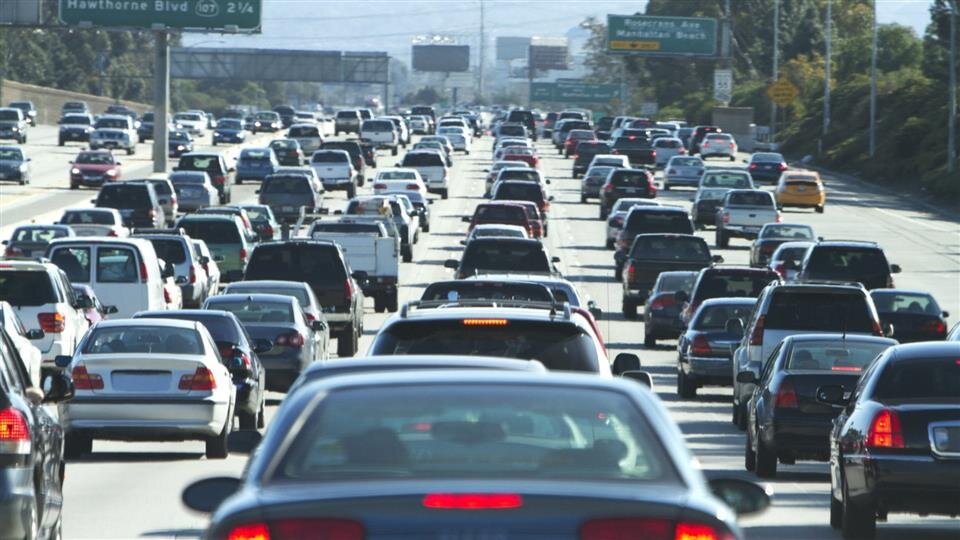Home » Monthly parking » Crosstown traffic
The Spacer Technologies content team is a dedicated group of writers and experts with a deep-rooted passion for the sharing economy.
 Edited by:
Edited by: 
Zarah Mae Torrazo is the Head of Content at Spacer Technologies, where she leads content creation for Parkhound, Spacer.com, Spacer.com.au, and WhereiPark. With nearly a decade of experience in digital content, Zarah specializes in crafting engaging, SEO-optimized writing that bridges both B2B and B2C audiences. Her work spans a wide range of industries from real estate and finance to mobility, health, and tech, with a focus on turning complex ideas into clear, actionable insights. At WhereiPark, Zarah writes extensively about multifamily property management, urban mobility trends, and the monetization of underused assets like parking. She’s particularly passionate about the sharing economy and its power to reshape how people and businesses access space, transport, and opportunity.
Reading time: 3 mins

One of the most jarring side effects of the COVID-19 pandemic has been its effect on urban traffic. Streets that we are used to seeing filled with cars, trucks, buses, and just about every other form of transportation were suddenly deserted in mid-March when the first wave of office shutdowns and mandatory lockdowns occurred here in North America. For the first time in decades, cities were actually quiet and calm during the week. If you had the chance to walk around any downtown area, the change was shocking.
As things have started to open up again, traffic is making a comeback. It’s not uncommon to see urban freeways crammed with cars, and city streets filled with impatient commuters. We’re not back to normal yet but if traffic is any indication, people are making a valiant effort to get back to their pre-virus routines. So what is the current state of traffic, what is its future, and what does this mean for cities in the short term and long term?
Let’s start by looking at the numbers. Perhaps the most relevant metrics that all of us can relate to is commute time. According to San Francisco television station KPIX, COVID has transformed the Bay Area’s notoriously terrible traffic into “Friday night light.” On the surface, that’s pretty good news for a region that often features daily commutes that average more than half an hour. But the station predicts that when people start going back to their offices, commute times could actually take twice as long as they did before the pandemic. That’s because Northern California residents take public transit at far higher rates than people in other cities. Thanks to trepidation about riding subways and commuter trains, the fear is that more people than ever will drive their personal cars, leading to dramatic increases in the number of cars on the road – and even more hellish commute times.
In San Francisco, if 1 in 4 transit users drive their cars, commute time will increase to more than 41 minutes, and if 3 in 4 make the switch, 74 minutes, more than double. If all transit users start driving, it increases to 99 minutes, almost triple the average 2018 commute time.” – KPIX
Everyone knows that traffic will increase as people go back to work but it’s a lot harder to predict the number of cars that will be on the road (and commute times) in any given city. Thanks to a new academic report, however, getting these insights just became a lot easier. Vanderbilt University’s Work Research group (named for group leader Daniel Work) has published an interactive “Rebound” calculator that allows users to determine drive times based on a number of critical factors, including pre-COVID commute times and the anticipated number of regular transit riders who are going to drive their own cars.
Needless to say, the numbers don’t look that great for road warriors in most cities. Paradoxically, even though there will be far fewer people working a regular 9-5 shift in American cities, traffic will actually be a lot worse for the foreseeable future.
The Spacer Technologies content team is a dedicated group of writers and experts with a deep-rooted passion for the sharing economy.
The Spacer Technologies content team is a dedicated group of writers and experts with a deep-rooted passion for the sharing economy.
Demo Description
This will close in 0 seconds
This will close in 0 seconds